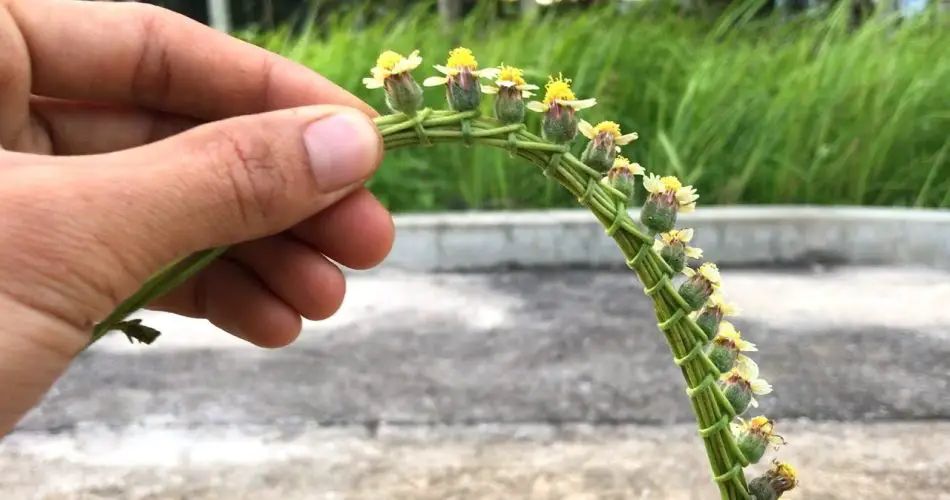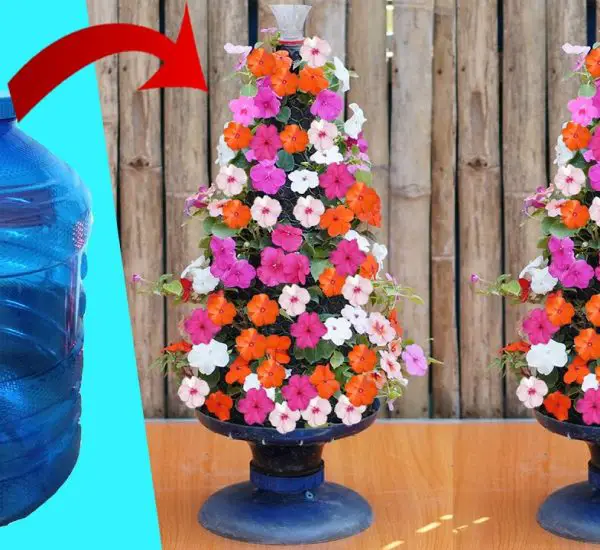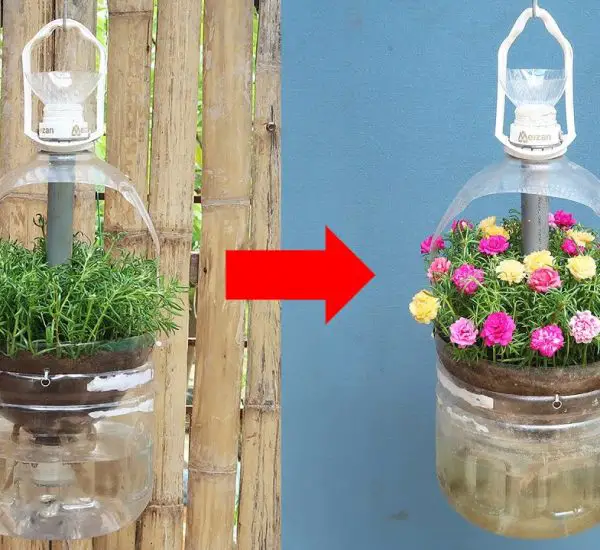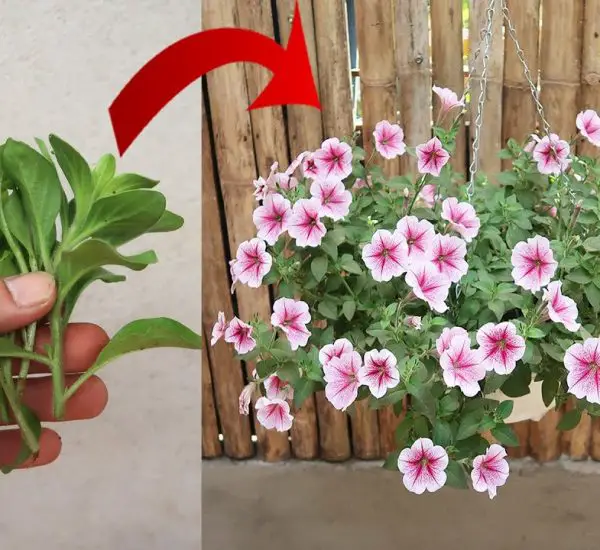There’s something magical about the wildflowers that grow spontaneously on the side of the road. These vibrant, often untamed plants thrive in the most unexpected places, adding beauty and color to even the most ordinary landscapes. If you’ve ever taken a moment to appreciate the stunning display of wildflowers while driving, you know the joy they bring. What if you could bring some of that natural beauty into your own garden? In this article, we’ll explore some creative garden ideas inspired by wildflowers and how you can use these roadside beauties to add charm, color, and wildlife-friendly habitats to your outdoor space.
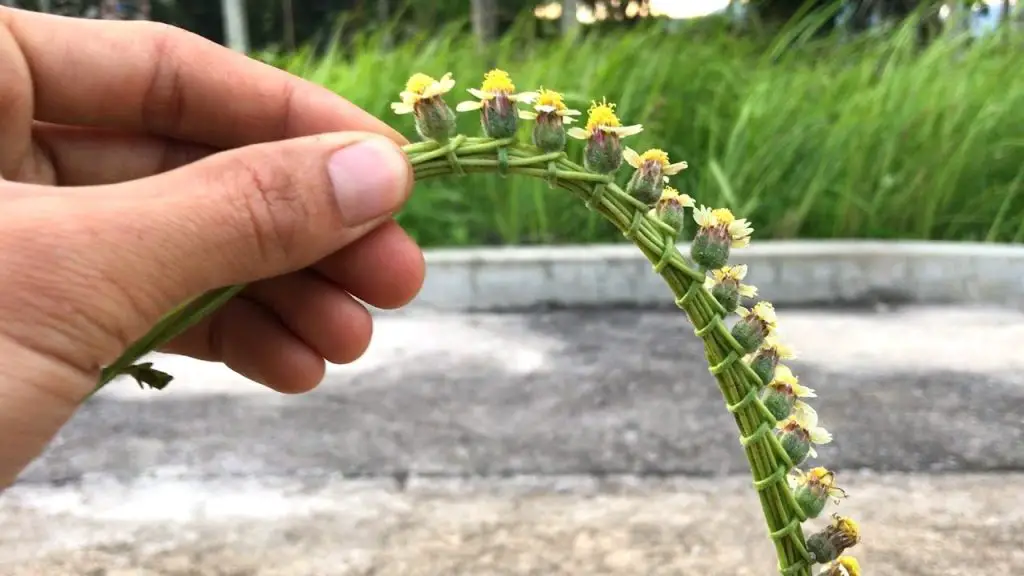
1. Embrace Natural Beauty with Wildflower Meadows
One of the most striking features of roadside wildflowers is their natural, free-flowing appearance. Instead of a perfectly manicured lawn, consider creating a wildflower meadow in your own backyard. This is a fantastic way to bring the unstructured beauty of wildflowers into your garden.
Steps to Create a Wildflower Meadow:
- Choose the Right Location: Select an area that receives full sunlight for most of the day, as most wildflowers thrive in open, sunny spaces.
- Soil Preparation: Wildflowers prefer well-drained soil, so make sure the ground isn’t overly compacted. If necessary, loosen the soil with a garden fork and remove any weeds.
- Select Wildflower Seeds: Choose a mix of native wildflowers that are adapted to your climate. Native species are ideal for attracting local pollinators, like bees and butterflies.
- Scatter the Seeds: Once the soil is prepared, scatter the seeds evenly across the surface and gently rake them in. Water lightly to settle the seeds.
- Maintenance: Wildflower meadows are low-maintenance but may require occasional thinning and watering during dry spells.
Why It Works:
A wildflower meadow mimics the natural landscape, creating a beautiful and eco-friendly garden that’s both sustainable and easy to maintain. Plus, it provides a haven for local wildlife!
2. Create a Roadside-Inspired Border with Wildflower Mixes
If you don’t have space for a full wildflower meadow, you can still bring the essence of roadside flowers into your garden with wildflower borders. These borders can line a garden path, frame a vegetable bed, or edge a driveway.
How to Create a Wildflower Border:
- Choose Flowering Plants: Select wildflowers with varying heights and colors to create a layered look. Some low-growing wildflowers, like clover or forget-me-nots, are perfect for the front, while taller species like black-eyed Susans or cornflowers can fill the back row.
- Plant in Clusters: Group plants together in small clusters to mimic the natural planting style of wildflowers. This will give your border a more organic, less structured look.
- Consider Bloom Times: To ensure a constant show of color, pick flowers that bloom at different times throughout the growing season. This will keep your border looking fresh from spring through fall.
Why It Works:
Wildflower borders are a great way to incorporate seasonal beauty into your garden. They provide texture, color, and movement, creating a sense of natural flow in your landscape.
3. Add Wildflower Containers to Your Porch or Patio
If you’re limited on space or prefer a more controlled garden, you can still incorporate wildflowers by planting them in containers. Wildflower containers can bring the beauty of a roadside bloom right to your doorstep or patio, with minimal fuss.
How to Create Wildflower Containers:
- Choose the Right Container: Select shallow, wide containers or window boxes to mimic the spread of wildflowers. Make sure your container has drainage holes to prevent water from collecting at the bottom.
- Soil Choice: Use a well-draining potting mix designed for wildflowers. Avoid heavy, moisture-retentive soil, which can suffocate the plants.
- Select a Mix of Wildflowers: Choose a variety of wildflowers that suit your climate and the growing conditions in your container. Daisy varieties, California poppies, and lavender are popular choices.
- Planting and Care: Plant your wildflowers at the correct depth, water lightly, and place the containers in a spot that receives plenty of sunlight.
Why It Works:
Wildflower containers are ideal for urban environments or small spaces. They offer the same carefree, natural beauty as a wildflower meadow but in a more compact form. Plus, containers can be moved around, giving you flexibility in your garden design.
4. Use Wildflowers as Ground Cover
Some wildflowers make excellent ground covers, spreading quickly and filling in bare patches with color and texture. Creeping thyme, wild strawberry, and trailing ground covers like clover are great options for creating a lush, low-maintenance garden floor.
How to Use Wildflowers as Ground Cover:
- Prepare the Soil: As with any wildflower planting, ensure the soil is well-drained and free of weeds. You may need to lightly till the soil if it’s compacted.
- Choose Ground-Hugging Wildflowers: Look for varieties that naturally spread low and cover the ground, such as wild violets, phlox, or Irish moss.
- Plant and Water: Once planted, water the wildflowers gently. These ground covers will often require minimal attention once established.
Why It Works:
Using wildflowers as ground cover not only beautifies your garden but also helps with erosion control and provides a natural habitat for small creatures, such as insects and birds.
5. Create a Pollinator-Friendly Garden
Roadside wildflowers are often a haven for pollinators like bees, butterflies, and birds. You can replicate this in your own garden by creating a pollinator-friendly environment filled with native wildflowers that attract these important creatures.
How to Create a Pollinator Garden:
- Plant Native Wildflowers: Choose nectar-rich flowers like milkweed, echinacea, butterfly weed, and lupines to attract bees, butterflies, and hummingbirds.
- Provide a Water Source: Include a small birdbath or shallow dish with water to provide hydration for pollinators.
- Avoid Pesticides: To protect the health of your pollinator visitors, avoid using harmful chemicals in your garden.
Why It Works:
By planting a pollinator garden, you’re helping to preserve local wildlife and contribute to the ecosystem. Additionally, you’ll enjoy the buzzing and colorful fluttering of bees and butterflies throughout the growing season.
Key Takeaways:
- Roadside wildflowers are a rich source of inspiration for creating natural, low-maintenance gardens that attract pollinators and benefit the environment.
- You can incorporate wildflowers into your garden through wildflower meadows, borders, containers, or ground covers.
- Native plants are not only beautiful but also play a critical role in supporting local wildlife like bees, butterflies, and birds.
By bringing the charm of wildflowers from the roadside into your own garden, you can create a space that is beautiful, biodiverse, and full of life. Whether you’re looking to fill a corner of your yard with color, create a low-maintenance garden, or attract local wildlife, wildflowers offer endless possibilities for creative and sustainable gardening. So next time you drive down a country road, take note of the wildflowers you see—they might just inspire your next garden project!
